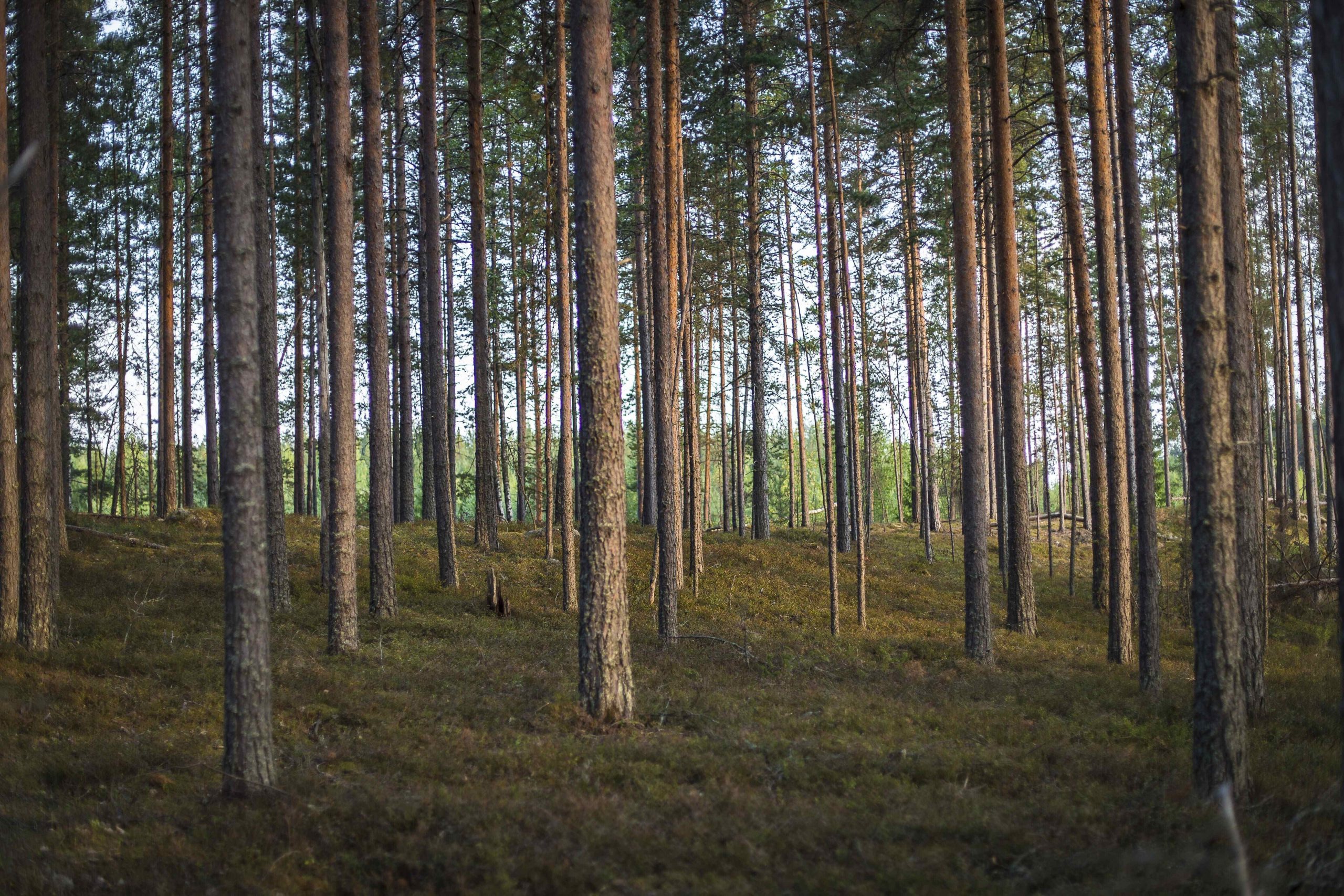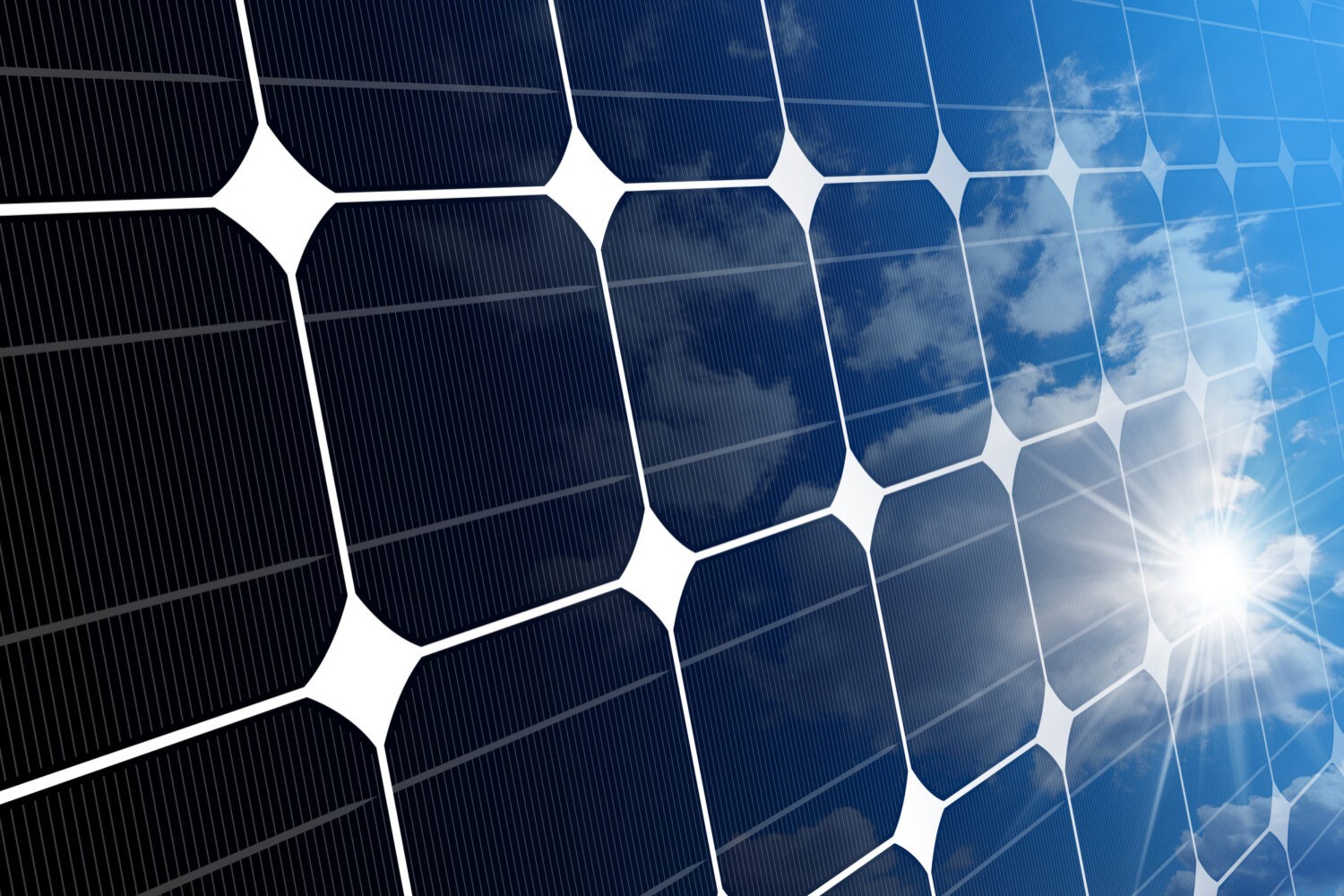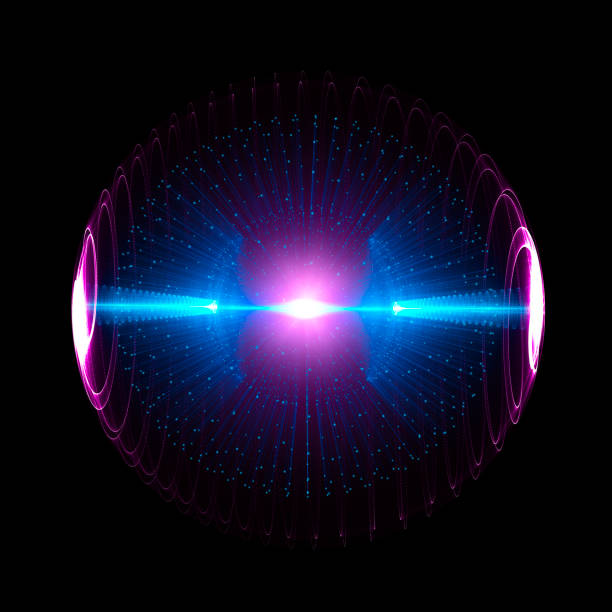
The role of nuclear in energy transition
There are many virtuous projects for the future
According to this report by IEA, nuclear power will play a major role in enabling secure transitions to net zero by 2050.
As of today, there are two types of nuclear reactions: fission and fusion. Nuclear fusion, which normally occurs in stars, is a reaction in which two or more atomic nuclei are combined to form different atomic nuclei whose mass is lighter than the sum of the reactants, producing large amounts of energy. Nuclear fission is a reaction in which the nucleus of an atom splits into smaller nuclei with less mass, with a consequent emission of energy.
According to IEA, nuclear power will play a major role in enabling secure transitions to net zero by 2050
With the same number of atomic nuclei used, on one hand nuclear fusion produces much more energy than nuclear fission, it doesn’t produce radioactive waste for thousands of years (but metals with a hundred years radioactivity) and the process stops at the slightest disturbance, avoiding the risk of catastrophic disasters. On the other hand, it requires plants of big dimensions and extremely complex and expensive technologies, financially inaccessible as of today, even if there are many ongoing research and development projects, thanks to the undeniable advantages of technology.
The ITER project, for example, is a collaboration among the seven economic powers (the European Union, China, India, Japan, Korea, Russia and the United States) to build the world’s largest tokamak, hopefully by 2035. Iter will produce 500 MW of fusion power from 50 MW of input heating power – with a ten-fold return on power (Q=10) – with impulses long hundreds of seconds until approximately an hour.
This project required the work of a large community of physicists, who have studied the laws of the physics of the plasmas and their behaviour.
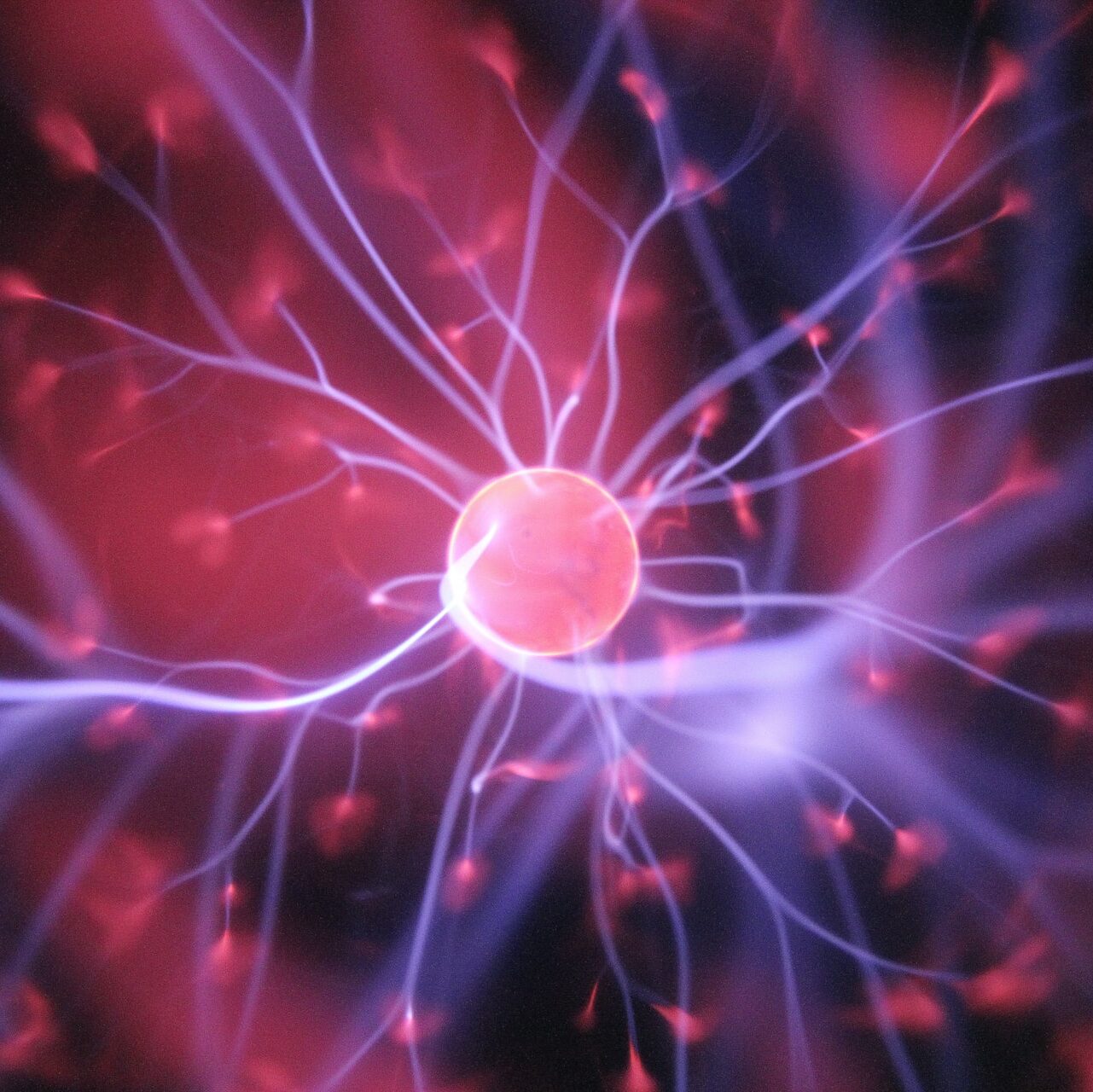
Picture by Unsplash
Iter, in fact, studies advanced physics connected to nuclear fusion, but most of all its feasibility as energy source. The next step will be the construction of the first reactor to convert thermonuclear energy into electricity.
As reported by ENEA (Italian National Agency for New Technologies, Energy and Sustainable Economic Development), our country is one of the pioneers in this field and it has worked on nuclear fusion for decades.
Nuclear fission is instead a solid reality, with 440 active reactors worldwide, and it represents today about 10% of world energy power production.
The use of this resource will depend on many factors, especially it will be important demonstrate that nuclear plants can be safe and that radioactive waste can be handled safely.
Nuclear fission is a robust reality, now accounting for about 10 percent of the world’s electricity production, with 440 reactors in operation globally
ENEA is working on the development of advanced technologies as part of nuclear fission, the game changer seems to be the Generation-IV Reactors, in particular the Lead-cooled fast reactors which represents almost the entire activity of research and development in Italy.
One of the most important collaborations is with Newcleo, a startup founded by the nuclear physicist Stefano Buono and the nuclear engineer Luciano Cinotti in 2021, which works on three levels: the development of the first 30Mwe lead-cooled reactor of small dimension, which could reduce the volume of existing nuclear waste since its material can be reused as fuel, and a 200MW reactor for the production and distribution of energy on large scale. Finally, the Accelerator-driven systems, also known as the ideal reactor, which is a lead-cooled reactor that needs neutrons produced by a proton accelerator.
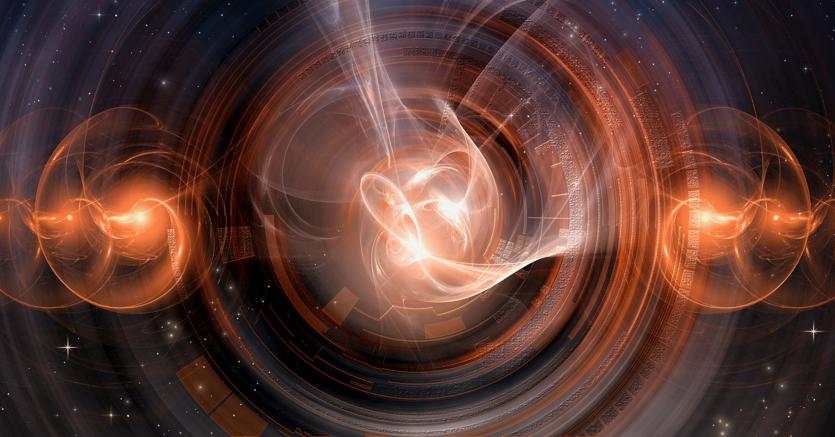
Picture by IlSole24 ORE
The idea of “separating” the two parts of the fission process could increase, according to research, the security level of the power plant: in case of an electric blackout (the riskiest event that could happen in a nuclear power plant) the accelerator would stop working and the reactor, without the necessary neutrons, would shut down. A system that would avoid disasters and would solve the problem of radioactive waste.
About that, Newcleo is working on introducing thorium among the fuels that power nuclear reactors, less rare than uranium and that doesn’t need to be “enriched” so it produces less waste. It can return to a “natural” radioactivity in 200-300 years approximately, unlike 200-300.000 of plutonium, for example. Besides, small dimension reactors – which can be easily transported and be independent for ten years – can be used also in maritime transport, since in case of sinking radioactive material would remain in lead-cooled.
